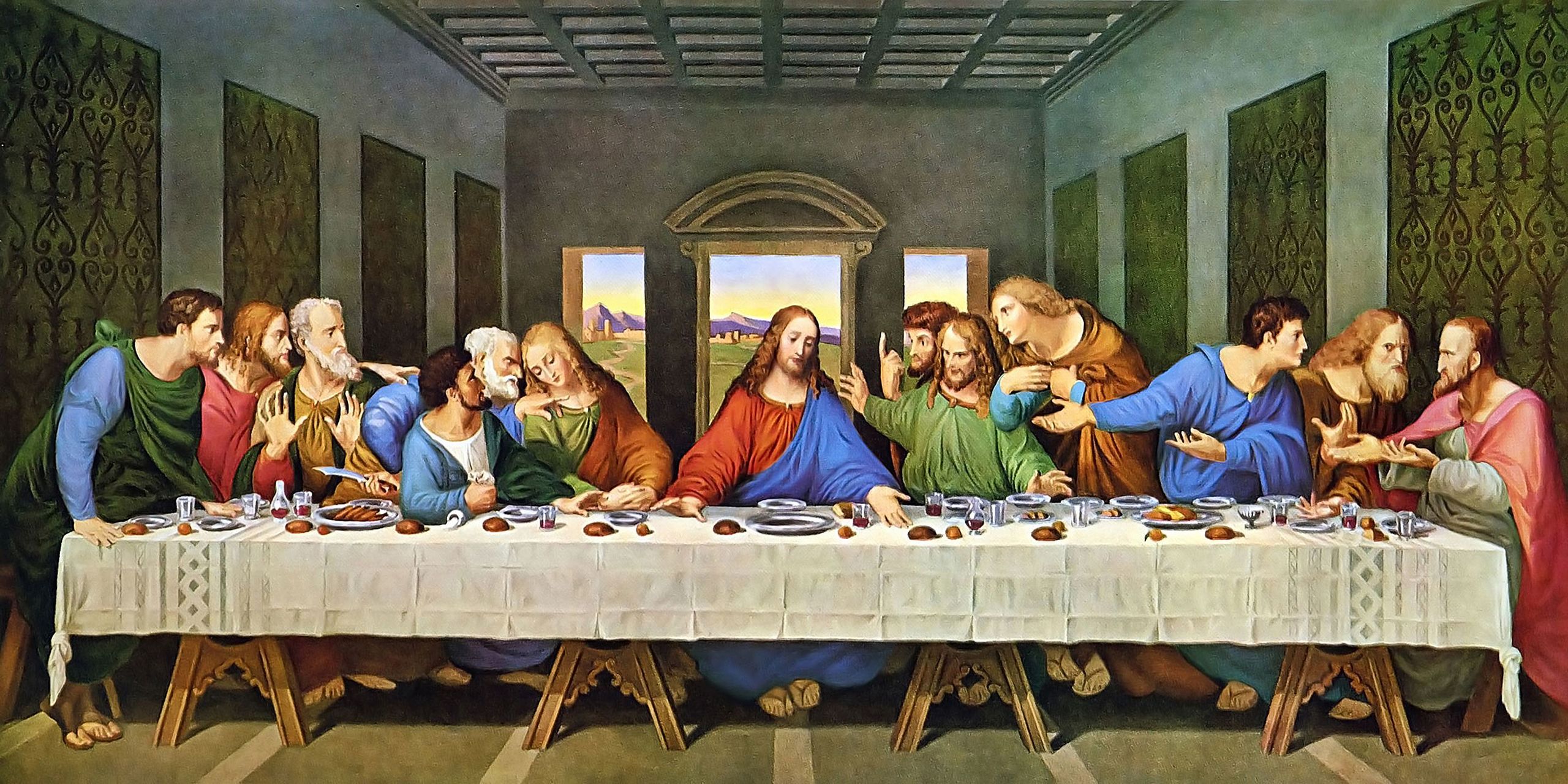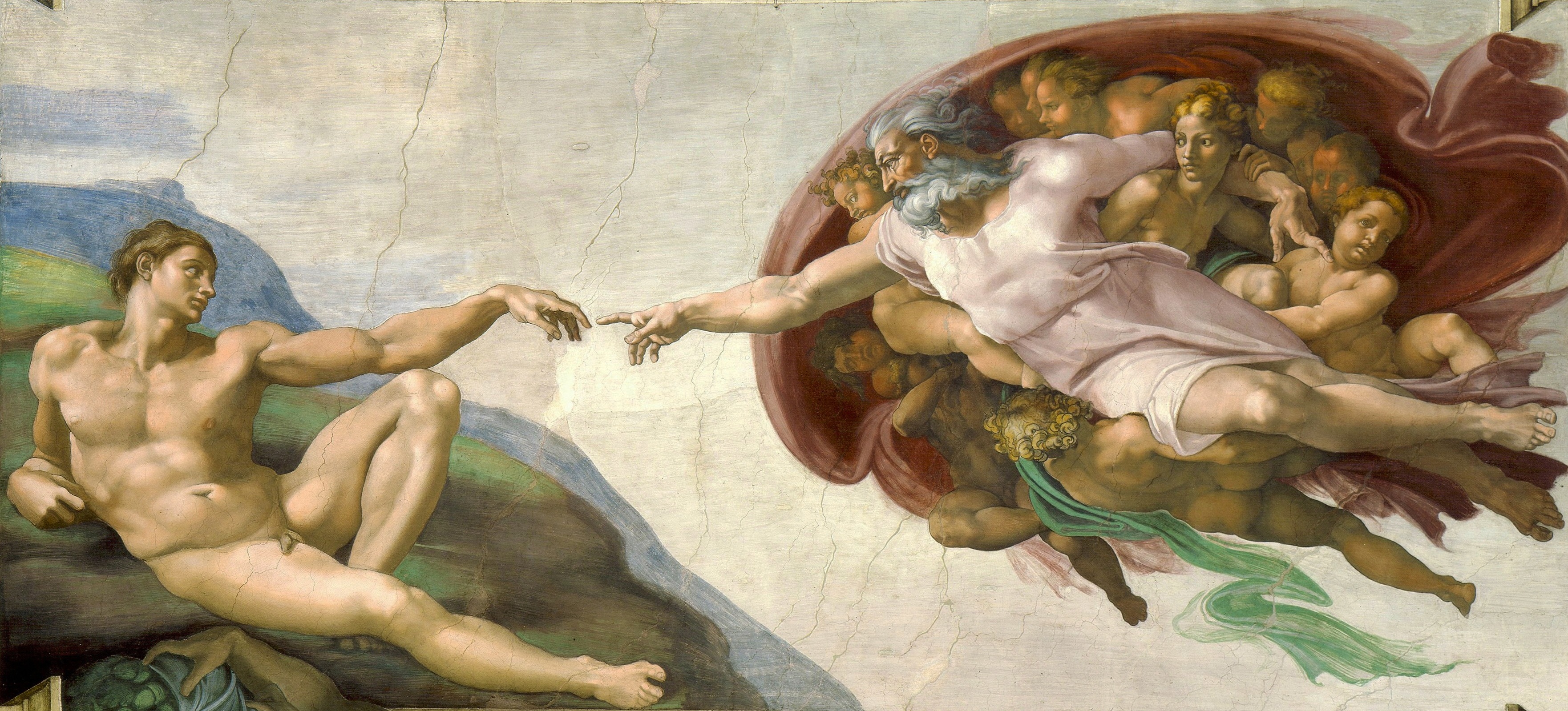European Renaissance Art: Leonardo da Vinci and Michelangelo
1/14
There's no tags or description
Looks like no tags are added yet.
Name | Mastery | Learn | Test | Matching | Spaced |
|---|
No study sessions yet.
15 Terms
Northern and Southern Renaissance
a period of history that follows the mediaeval, art made in europe the 15 and 16th century ce.
Northern- naturalism, expressive
Southern- ancient monuments, ideal beauty
Humanism
how humans can better themselves through education and moral code of conduct rather than irrational instincts.
Contrapposto
a compositional technique to animate figures used both in paintings and sculptures, where the human figure is concentration their weight on one leg and twisting their torso away
Tempera
is a fast-drying painting medium made by mixing pigments with a water-soluble binder, like egg yolk. Tempera produces vibrant, long-lasting colors and is typically applied in thin layers on wood panels.
Fresco
applying paint to wet plaster
Oil painting
a type of very slow drying paint, which was easier to manipulate.
Sfumato
sculptural qualities, hazy and blurriness
Characteristics of portraits in the Renaissance, especially of women
it idealized beauty
the person was in the center of the composition
background was usually plain
often included a three-quarter view
emphasis on realism and individuality
women's expressions were typically reserved and serene, reflecting the cultural ideals of virtue and modesty.
Sculptural painting technique (Michelangelo)
he painted figures with realistic depth, using light, shadow, and anatomy to make them look like sculptures.
Human expression (Leonardo)
he captured lifelike expressions with soft blending, revealing emotions and psychological depth.
Symmetry and aesthetic harmony
Renaissance art used balance, geometry, and proportion to create visually pleasing and harmonious designs.

The Last Supper
Leonardo da Vinci
c. 1495,

Leonardo da Vinci
Mona Lisa
c. 1503 – 1519.

Michelangelo
The Creation of Adam, from the ceiling of the Sistine Chapel
c. 1511.

Michelangelo
The Last Judgment
1534-154